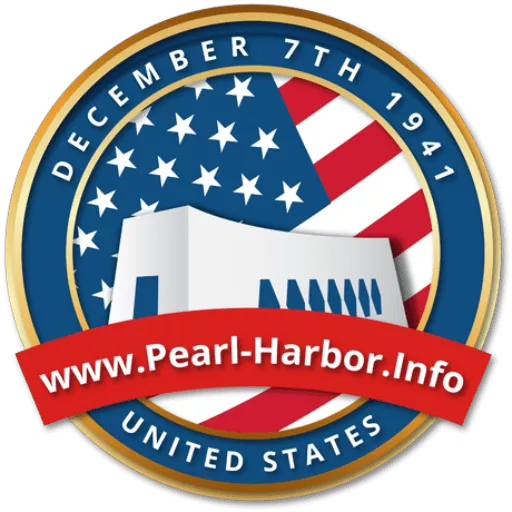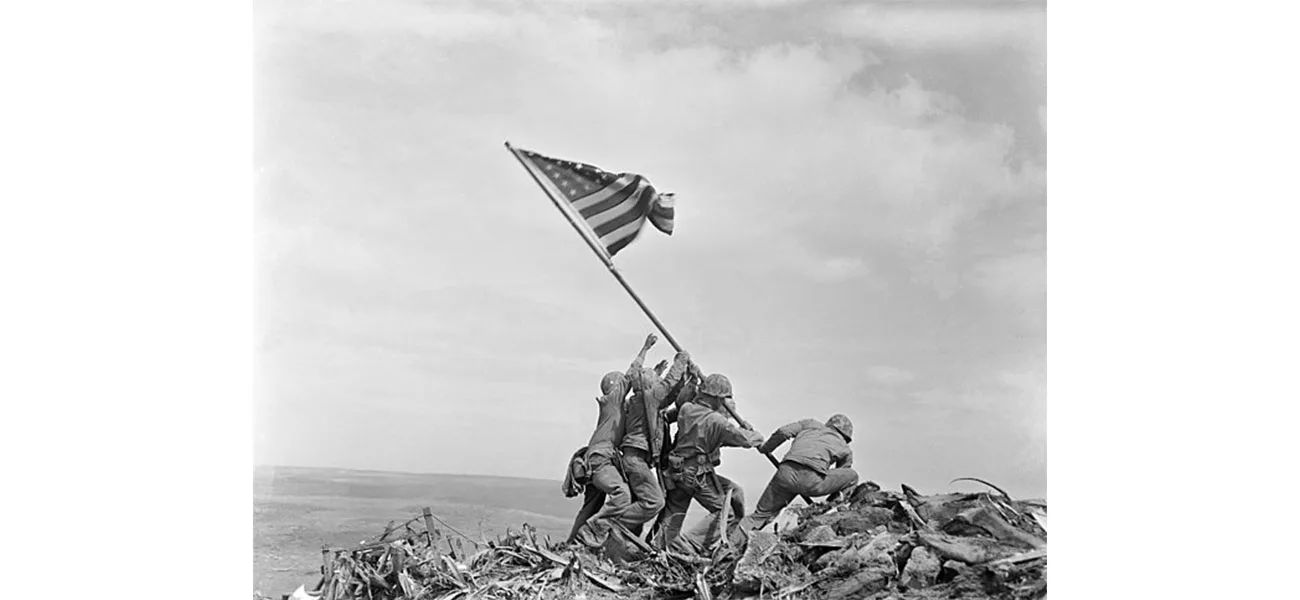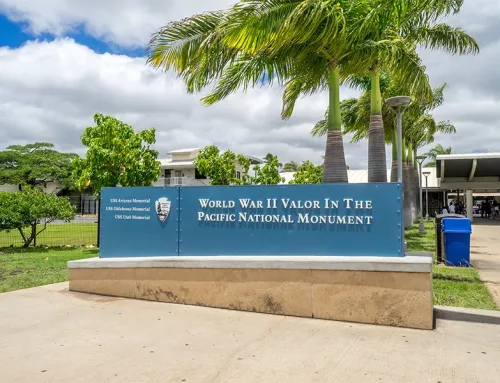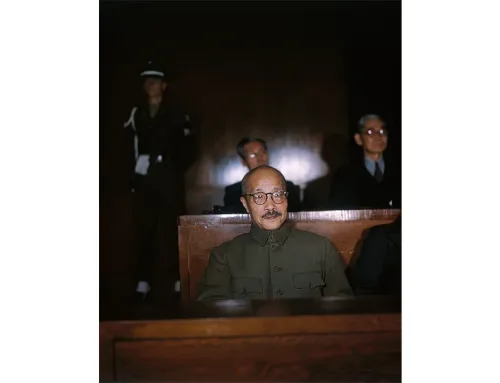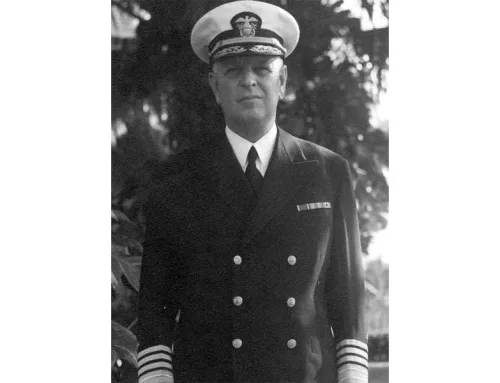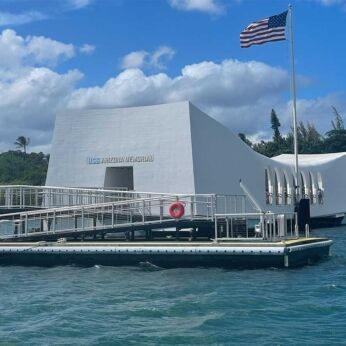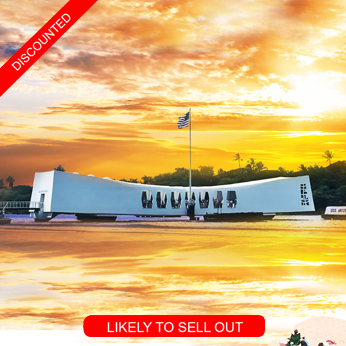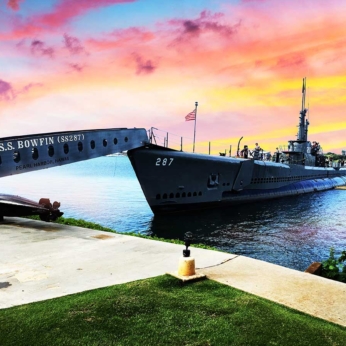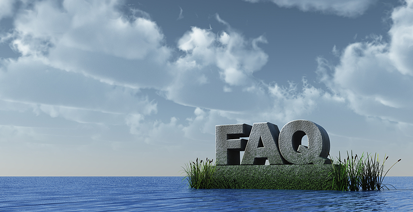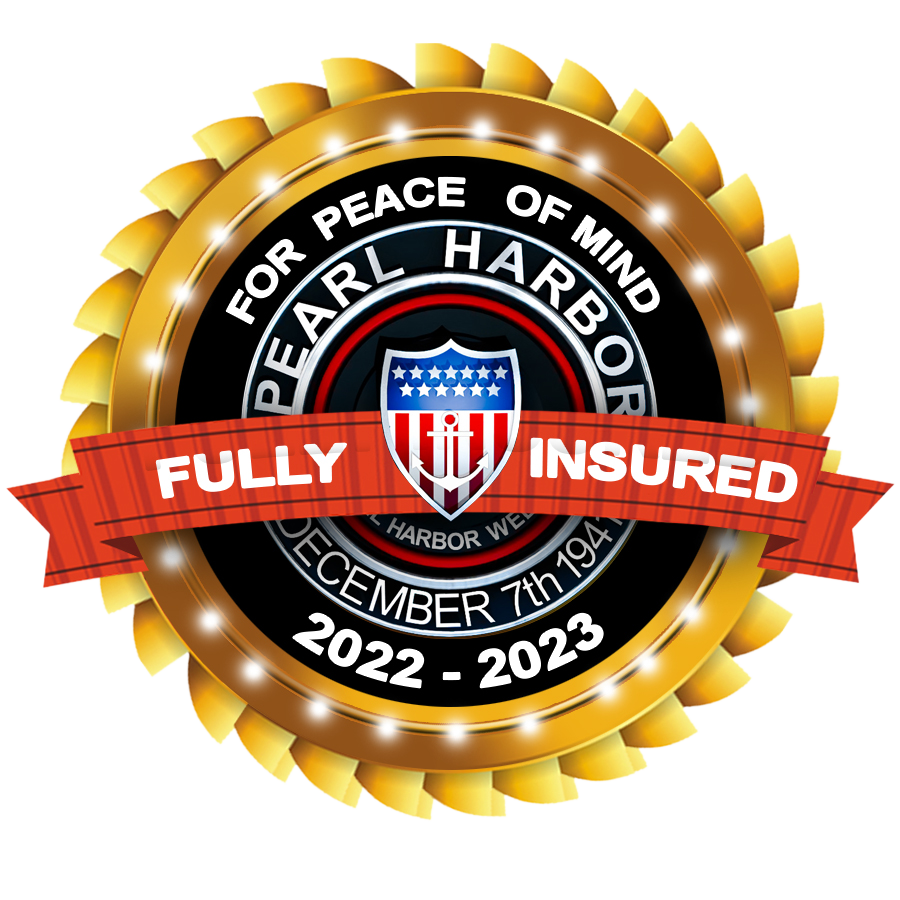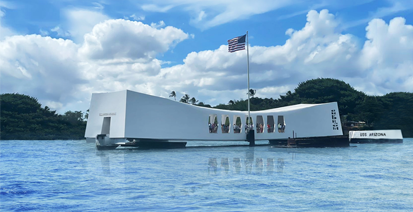Battle of Iwo Jima
Photograph of Flag Raising on Iwo Jima, Joe Rosenthal <https://en.wikipedia.org/wiki/en:Joe_Rosenthal>, 1945, NARA, PD-US-Not Renewed
NARA should be hyperlinked to https://www.archives.gov/
The Battle of Iwo Jima stands as one of the most intense and pivotal confrontations of World War II’s Pacific campaign. This historic battle was born out of the devastating attack on Pearl Harbor on December 7, 1941, which not only ended America’s policy of isolationism but also drew the nation into a brutal conflict against Japan. Before this surprise assault, the United States, led by President Franklin D. Roosevelt, had resisted involvement in global wars, shaped by the hardships of the Great Depression and the lingering trauma of World War I. However, the attack on Pearl Harbor turned the tide, plunging America into a fierce struggle for dominance in the Pacific, culminating in battles like the one for Iwo Jima.
Located strategically south of Japan’s main islands, Iwo Jima was a critical target for the United States. Capturing this tiny volcanic island would significantly curtail the operational range of the Japanese Air Force by eliminating its forward airfields. For the Japanese, the island represented their last line of defense, and they spared no effort in fortifying it with an intricate network of bunkers, hidden artillery, and underground tunnels. What was anticipated to be a week-long battle starting on February 19, 1945, stretched into a grueling five-week confrontation, concluding only on March 26. Despite their fierce resistance, the Japanese suffered catastrophic losses, with more casualties than the Americans.
The Siege of Iwo Jima: A Fierce Assault
The United States began its assault with one of the most comprehensive bombing campaigns in the Pacific theater. Despite days of heavy bombardment, the deeply entrenched Japanese defenses proved resilient. The Marines, who had initially called for triple the firepower, faced unrelenting challenges as they landed.
On February 19, 1945, U.S. Marines touched down on Iwo Jima, expecting easy access due to the island’s seemingly favorable beaches. However, they were met with treacherous terrain, including steep 15-foot embankments of soft volcanic sand, which hindered movement and made digging protective foxholes impossible. Initial resistance was minimal, leading the troops to falsely believe their bombardments had decimated the Japanese forces. This illusion was shattered when the Japanese unleashed a devastating artillery barrage, inflicting heavy casualties on the Marines amassed on the beaches.
Among the brave leaders of the assault were “Harry the Horse” Liversedge and Tony Stein, the latter earning the Medal of Honor posthumously for his heroism. Over 70,000 Marines participated in the operation, enduring relentless enemy fire and treacherous conditions to secure the island. A pivotal part of their strategy was severing Japanese forces by advancing across Iwo Jima’s narrowest stretch, isolating enemy troops entrenched on Mount Suribachi.
A Moment Immortalized in History
The battle’s defining moment came with the iconic photograph of six Marines raising the American flag on Mount Suribachi. Captured by photographer Joe Rosenthal, this Pulitzer Prize-winning image became a symbol of American perseverance and sacrifice. However, the moment was bittersweet. Three of the Marines—Private First Class Franklin Sousley, Sergeant Michael Strank, and Corporal Harlon Block—lost their lives just days after the photograph was taken. The surviving flag raisers, Corporals Ira Hayes and Rene Gagnon, were identified soon after, while the identity of Harold Schultz as the third survivor was only verified in 2016.
This legendary photograph is now etched into American history, appearing on everything from postage stamps to museum exhibits, including those at Pearl Harbor, serving as a poignant reminder of the courage displayed during the Battle of Iwo Jima.
Legacy of the Battle
The Battle of Iwo Jima remains a testament to the resilience and determination of U.S. forces in one of World War II’s most grueling campaigns. The sacrifices made during those five weeks underscored the immense cost of war while cementing the battle’s place in history as a defining chapter in the fight for the Pacific.
Most Popular Oahu Tours
Best Pearl Harbor Tours

The following tours are recognized as the most popular Pearl Harbor Tours on Oahu. While generally, our price is the lowest in the market now, for a limited time, they are on sale too. Please be advised that Pearl Harbor tickets and USS Arizona Memorial tickets are included in all of our Arizona Memorial Tours, Pearl Harbor small group tours, and private Pearl Harbor tours.
